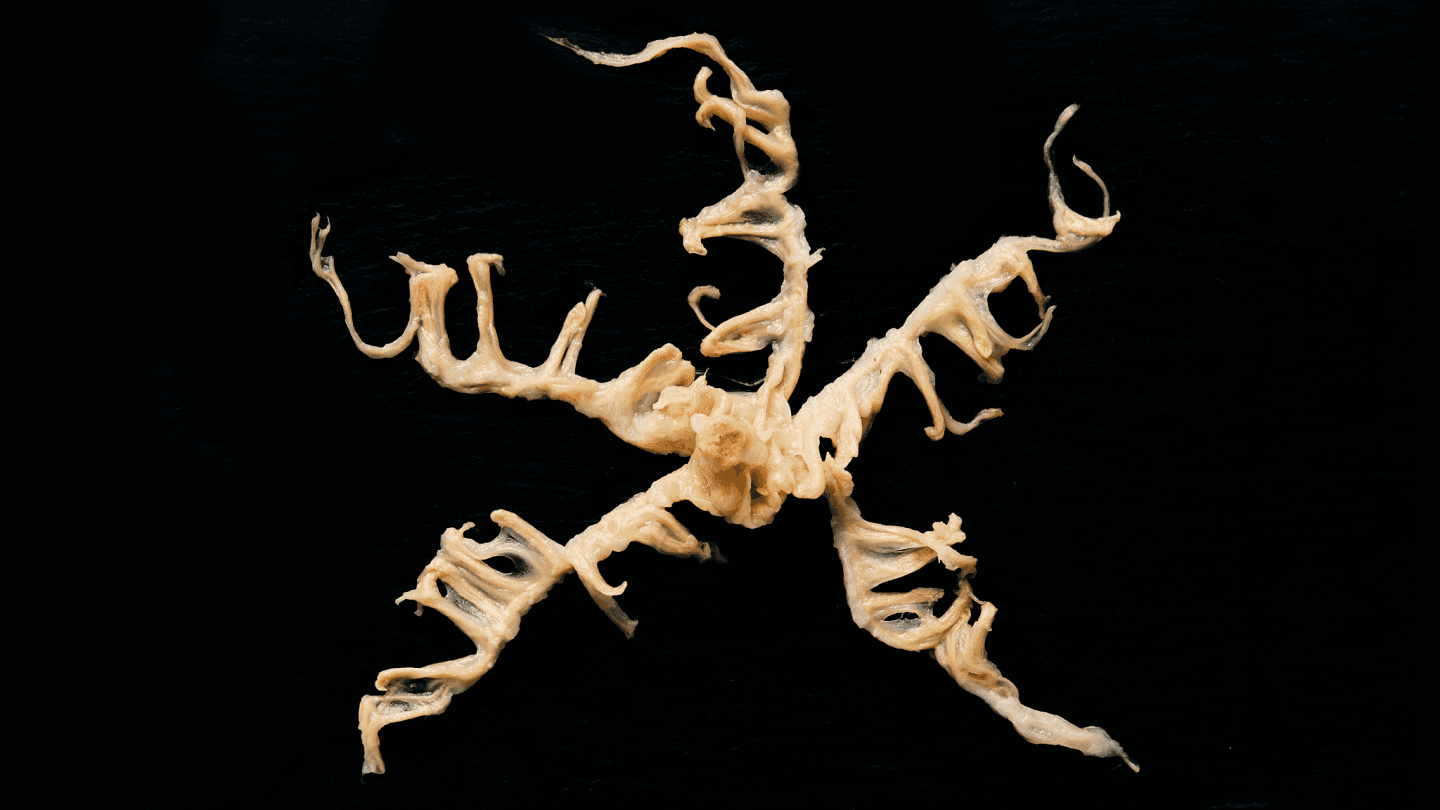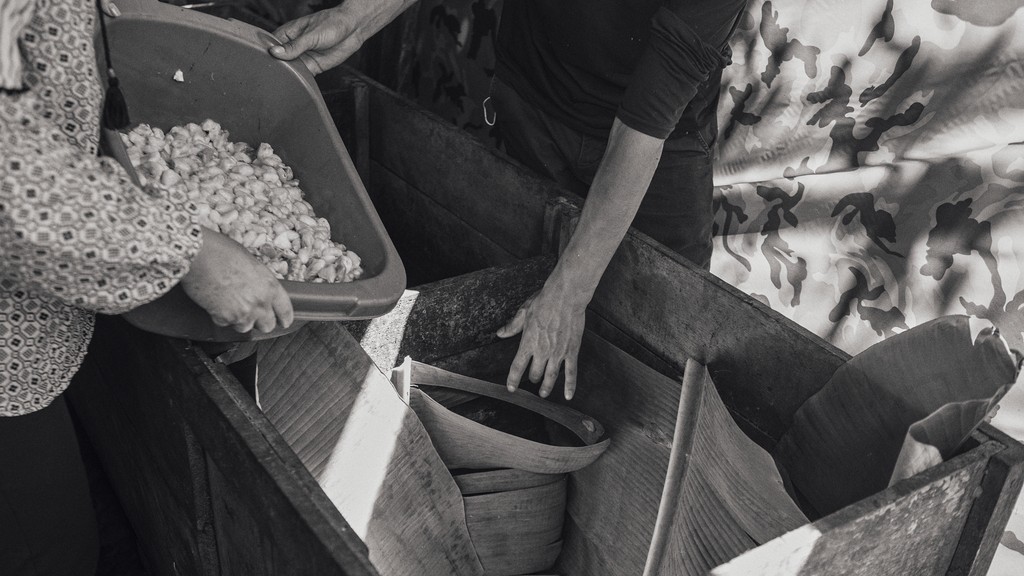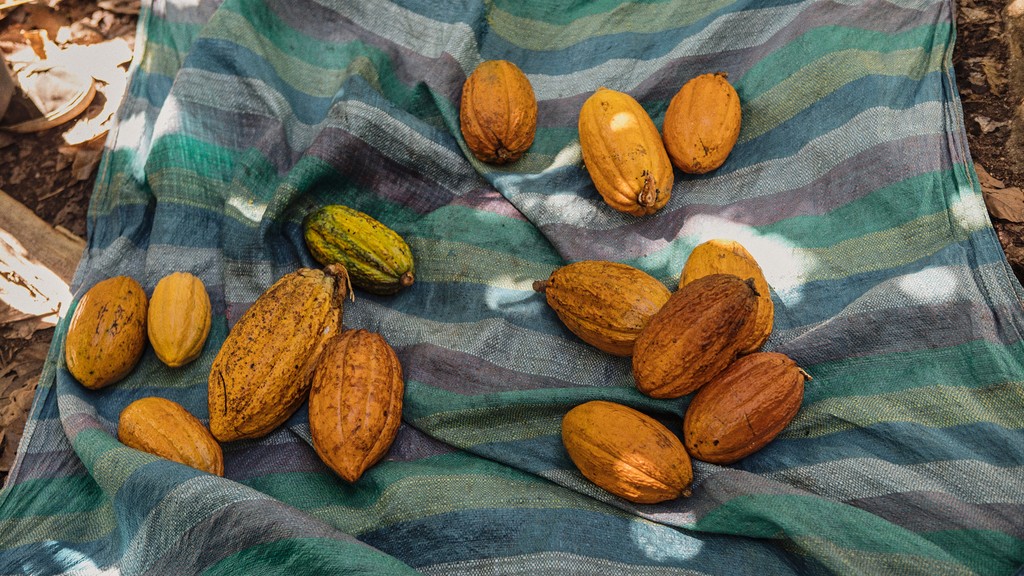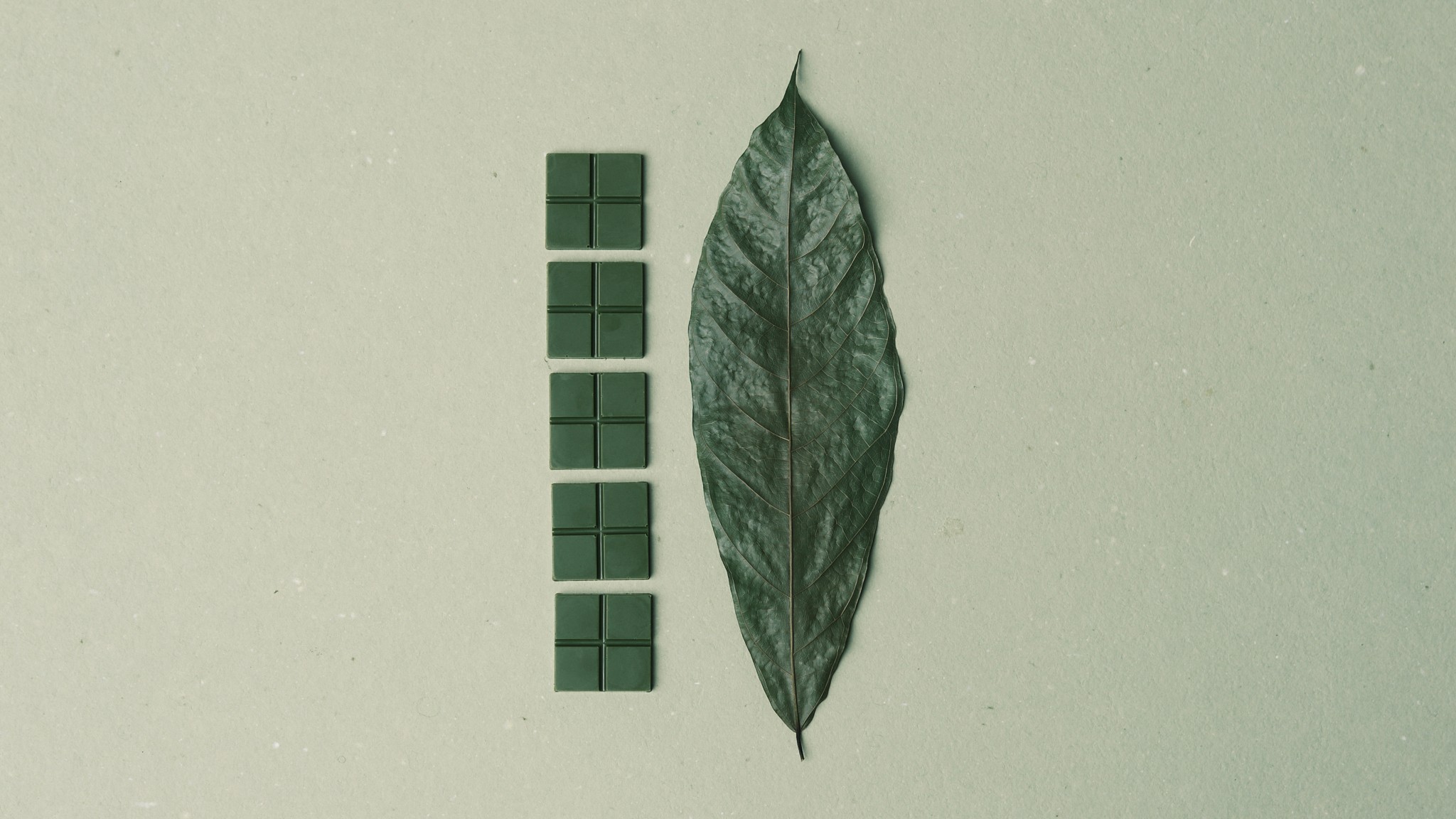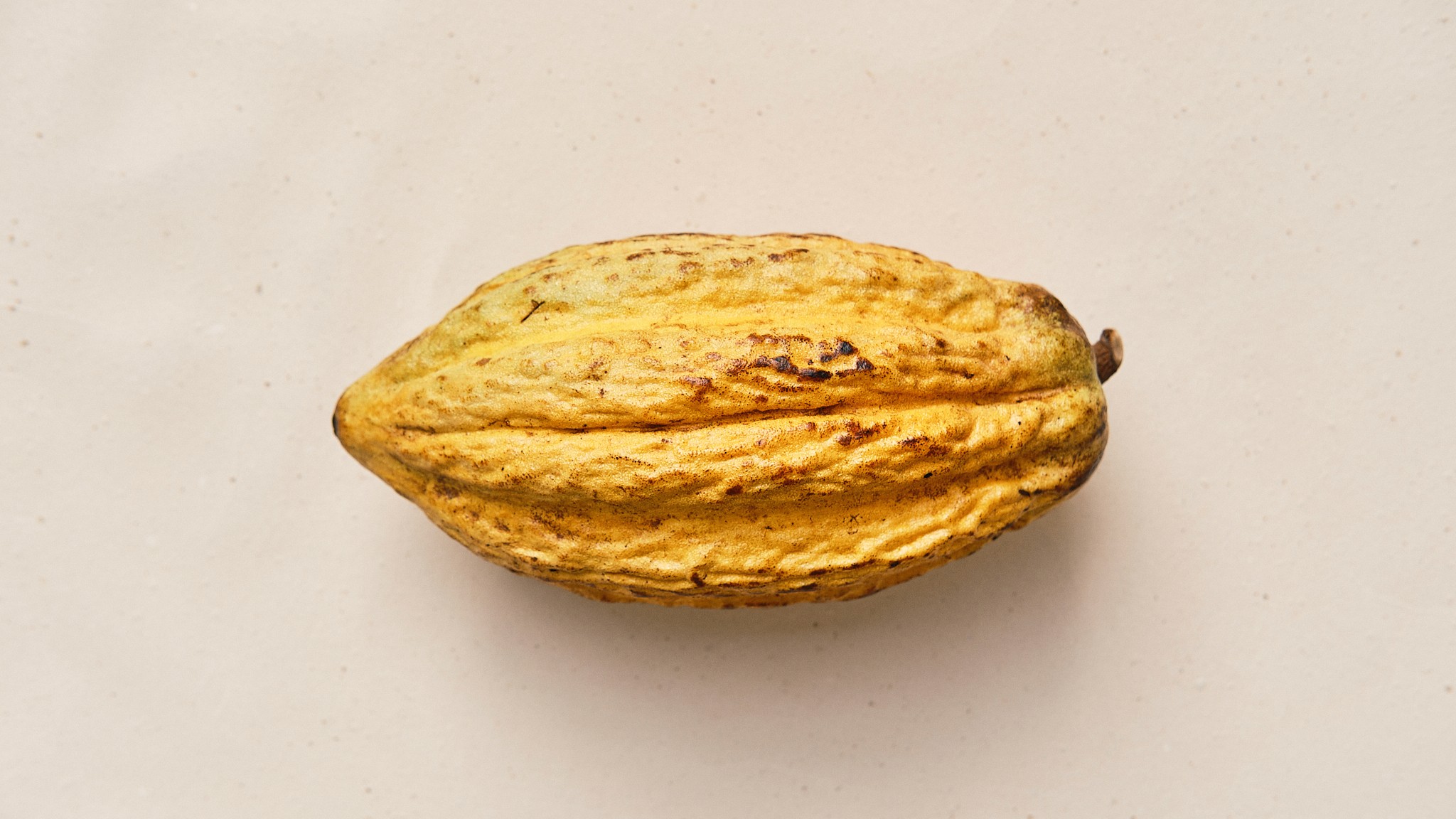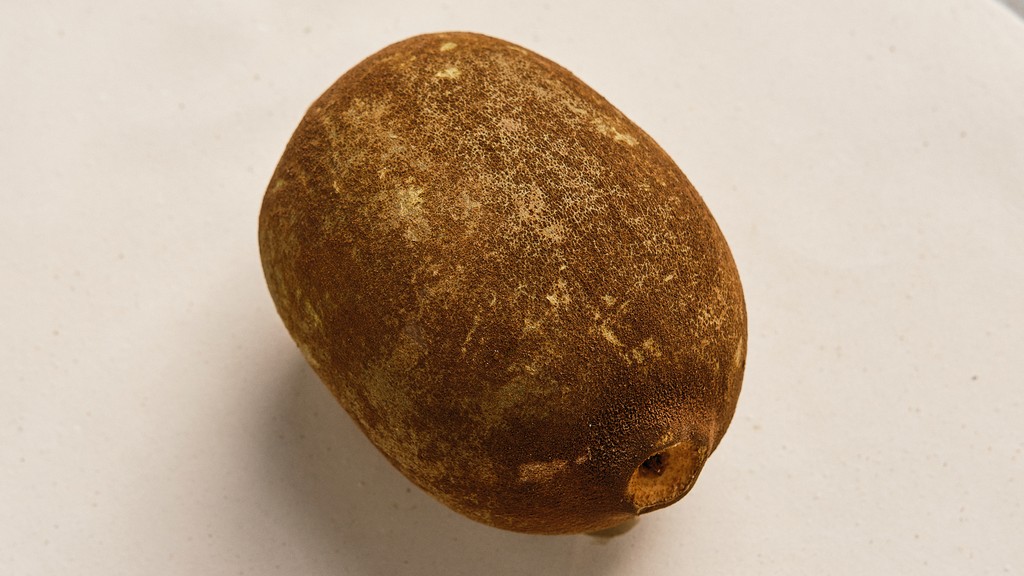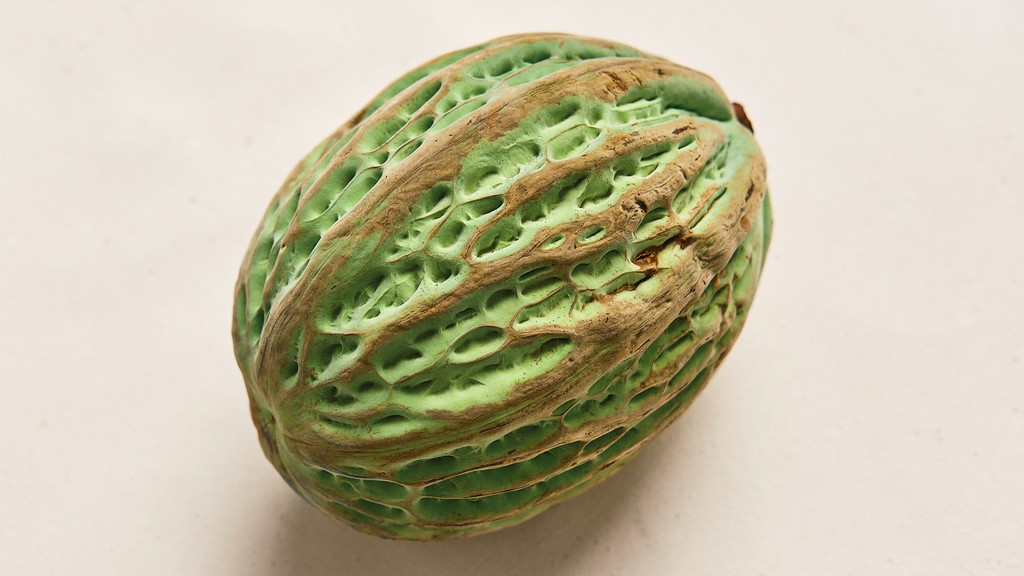Ideas and Applications
Theobromas
Research and development of sustainable products from cacao and other Theobroma species and their byproducts, utilizing all parts of the fruit comprehensively to promote innovation and local development.
(01)
LOCATION
Casa Tupac
Barranco, Lima
(02)
EXECUTION
Since 2013
to the present
(03)
MATER TEAM
Bernabé Simón
Nilver Melgarejo
Mimi Hengelhaupt
Ariadna Oliveri
(04)
COLLABORATORS
Pumatiy Producers
Paititi Producers
We aim to develop methodologies and products related to the Theobroma family and its byproducts, utilizing all parts of the fruit to create a positive impact on the environment, local economy and territorial development.
01
Approach
The goal is to utilize all parts of the fruit, including the pod, veins, husks, leaves, and flowers from Theobromas (Theobroma cacao L., Theobroma bicolor, and Theobroma grandiflorum) as well as new species to be identified, along with their byproducts. This comprehensive approach not only positively impacts the environment but also contributes to the local economy, territorial development and the technological advancement of the involved producers.
02
Transdisciplinarity
The project aims to create a network that integrates diverse perspectives and disciplines—ranging from gastronomy to science, anthropology, and art—to fully utilize Theobroma resources. The active participation of producers is crucial in this value chain, as their local knowledge is essential for developing sustainable and efficient practices tailored to the local environment.
Theobroma grandiflorum
Through the formation of a network that integrates diverse perspectives and disciplines —including gastronomy, science, anthropology, and art— several key milestones are outlined:
Determine and characterize the proximate and phytochemical composition of each part of the Theobroma species to understand their internal structure.
Assess the safety and suitability of each investigated ingredient for human consumption.
Design and develop new products derived from the three Theobroma species, aimed at both the gastronomic sector and industrial production.
Explore new non-edible uses for Theobroma-derived ingredients, such as biomaterials and applications in artistic disciplines.
Share the generated knowledge through audiovisual media, infographics, exhibitions, displays, and the publication of scientific articles.
Theobroma bicolor




